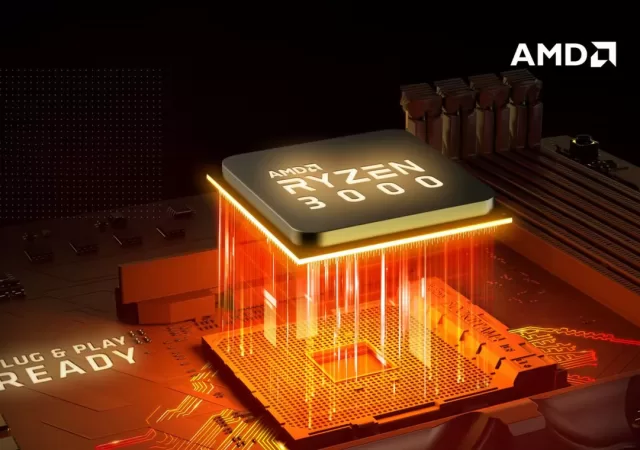New Inception vulnerability in AMD Zen 3 and Zen 4 CPUs poses a security risk as it is reported to be able to leak sensitive data within 40 minutes on Linux.
Tech & Tonic Special with Paige Shi of AMD
AMD has been on a roll with a multitude of releases and powerful innovations that are changing the landscape of the semiconductor industry. AMD is a company that has made its bets 5 years ago in high-performance computing and is…
AMD Ryzen 4000 Desktop Series is Here! No Zen 3 Yet Though.
AMD just announced Ryzen 4000 series for desktopp platform. The new CPUs will only be available via system integrators and OEMs.





